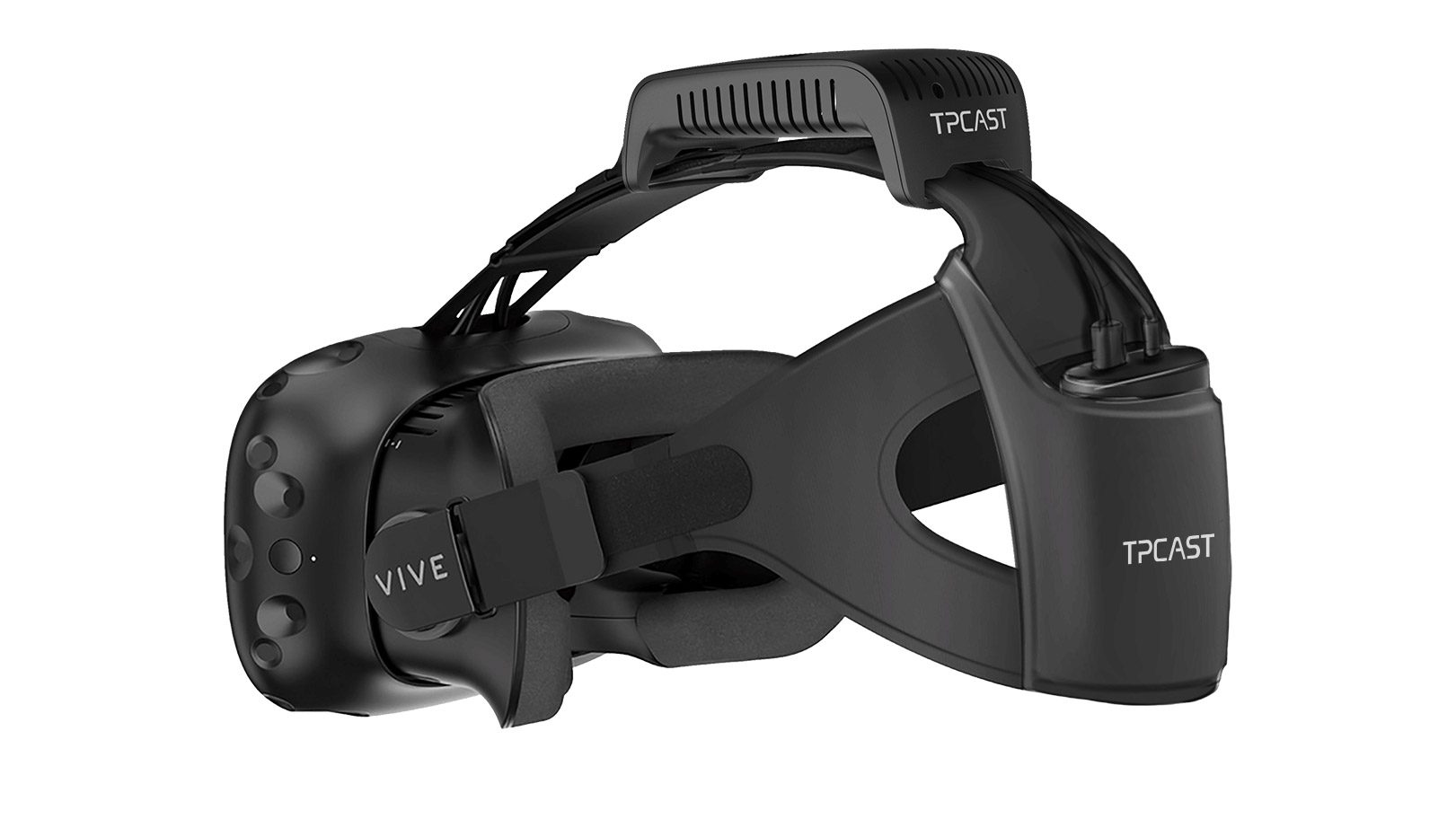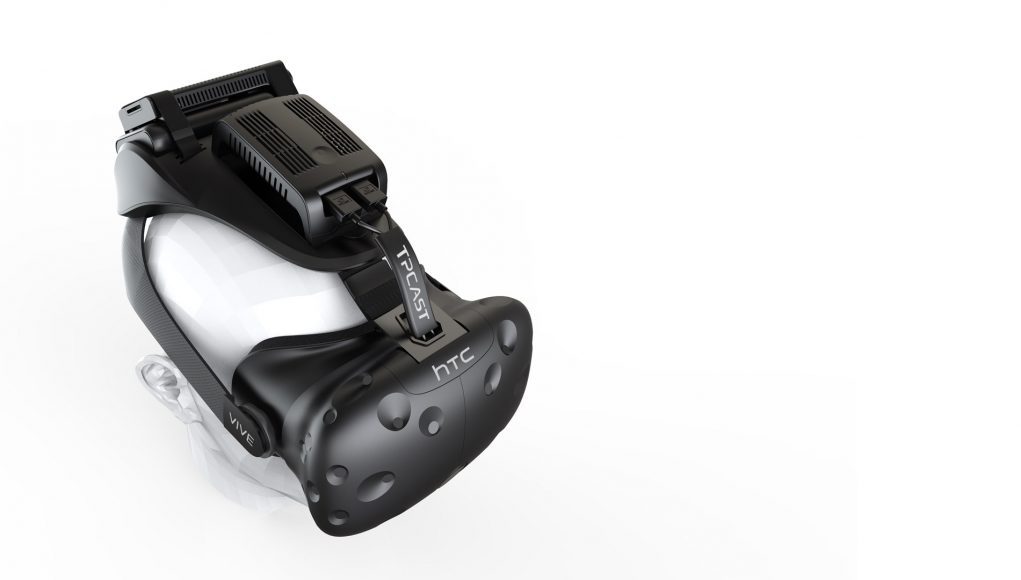TPCast, manufacturer of wireless adapters for HTC Vive and Oculus Rift systems, has announced an upgraded version of its eponymous wireless system called TPCast Plus. According to the company, the new Plus version, which will be demonstrated at CES this year, offers several hardware and software improvements, including a new mounting system that supports hot-swap batteries.
Cutting the cords on high-end VR is an important step for the future, but some early adopters have looked to third-party solutions such as TPCast that already offer products to transform a Vive or Rift into a wireless system, albeit at a high price. TPCast’s initial hardware launch hasn’t been the smoothest of rides, both in terms of delayed product availability, and the rather complicated setup process. The current hardware also had issues with microphone support, although there are workarounds.

The TPCast Plus product family aims to address many of the problems based on customer feedback, claiming ‘full support’ for microphones, and “increased stability and anti-interference.” The setup process is said to be simplified in various areas, most notably with a “plug-and-play” USB wireless adapter rather than a router. According to the press release provided to Road to VR, the new adapter “supports automatic restart, wireless interference reduction, and automatic wireless channel detection that substantially improves the stability of the wireless VR connectivity.” It claims the restart time has also been ‘dramatically decreased’. The performance of the connectivity appears to be unchanged, with the same ‘2K resolution per eye’ at 90 fps with sub 2ms latency.
An improved integration with the headset is achieved with a “built-in backplane” that incorporates the battery and wireless adapter into a single area, while supporting a hot-swap battery. A 4-cell battery charging cradle, is said to be part of a series of complementary products that enhance TPCast Plus product family. Production of the existing TPCast solution continues, and the expected release date for the TPCast Plus, which will be available for both HTC Vive and Oculus Rift, is in “the first half of 2018.”
“The launch of the TPCast Plus Adapter positions TPCast as the leader in the wireless VR market. The consolidation of the adapter components into one wireless VR unit allows a fully immersive user experience,” says Michael Liu, CEO of TPCast. “We expect that this upgraded product family will lead to a rapid increase of VR content that takes advantage of wireless VR experiences, thus bringing more consumer and enterprise customers into the wireless VR market.”







